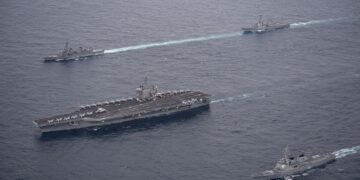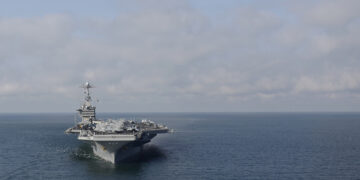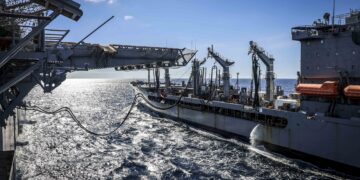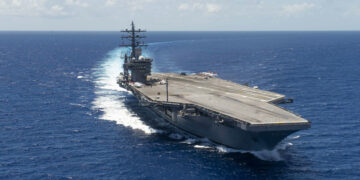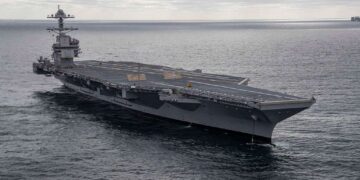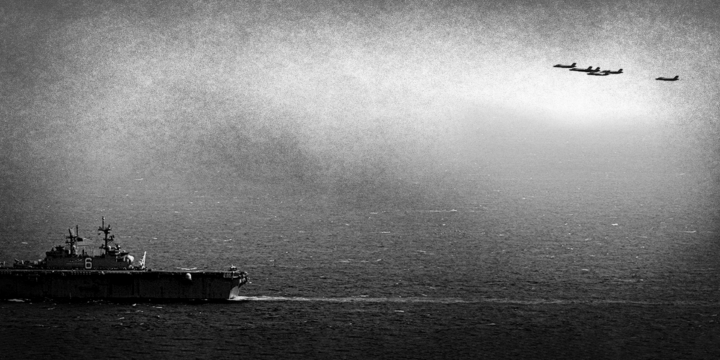May 4, 2025
Geography has given the U.S. unrivaled security. Trump is destroying it
By Gil Barndollar and Rajan Menon
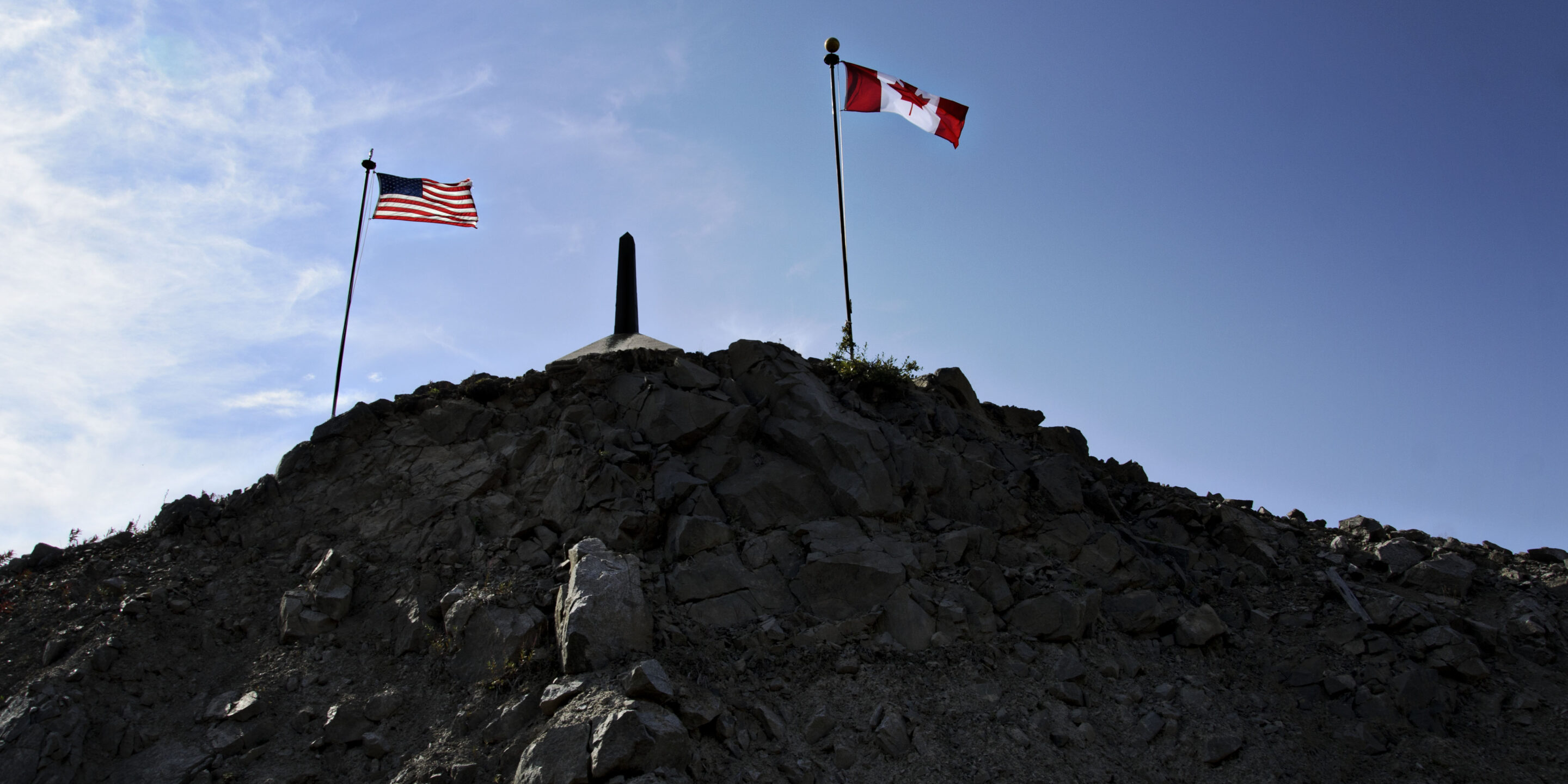
The secret to American power and pre-eminence was best summed up more than a century ago.
America, observed Jean Jules Jusserand, France’s ambassador to the United States during the first world war, “is blessed among the nations.” To the north and south were friendly and militarily weak neighbors; “on the east, fish, and the west, fish.” The United States was and is both a continental power and, in strategic terms, an island—with all the security those gifts of geography provide. No world power has ever been as fortunate. This unique physical security is the real American exceptionalism.
Americans take this providential geography for granted: their country’s wars are always away games, and their neighbors are trading partners and weekend getaway destinations, not rivals or enemies. The ability of the United States to project power around the globe depends on technology and logistics, but it rests ultimately on the foundation of secure borders and friendly neighbors. But that may not be the case much longer. In threatening war with both Canada and Mexico, Donald Trump is obliterating America’s greatest strategic advantage.
Events on Grand strategy



